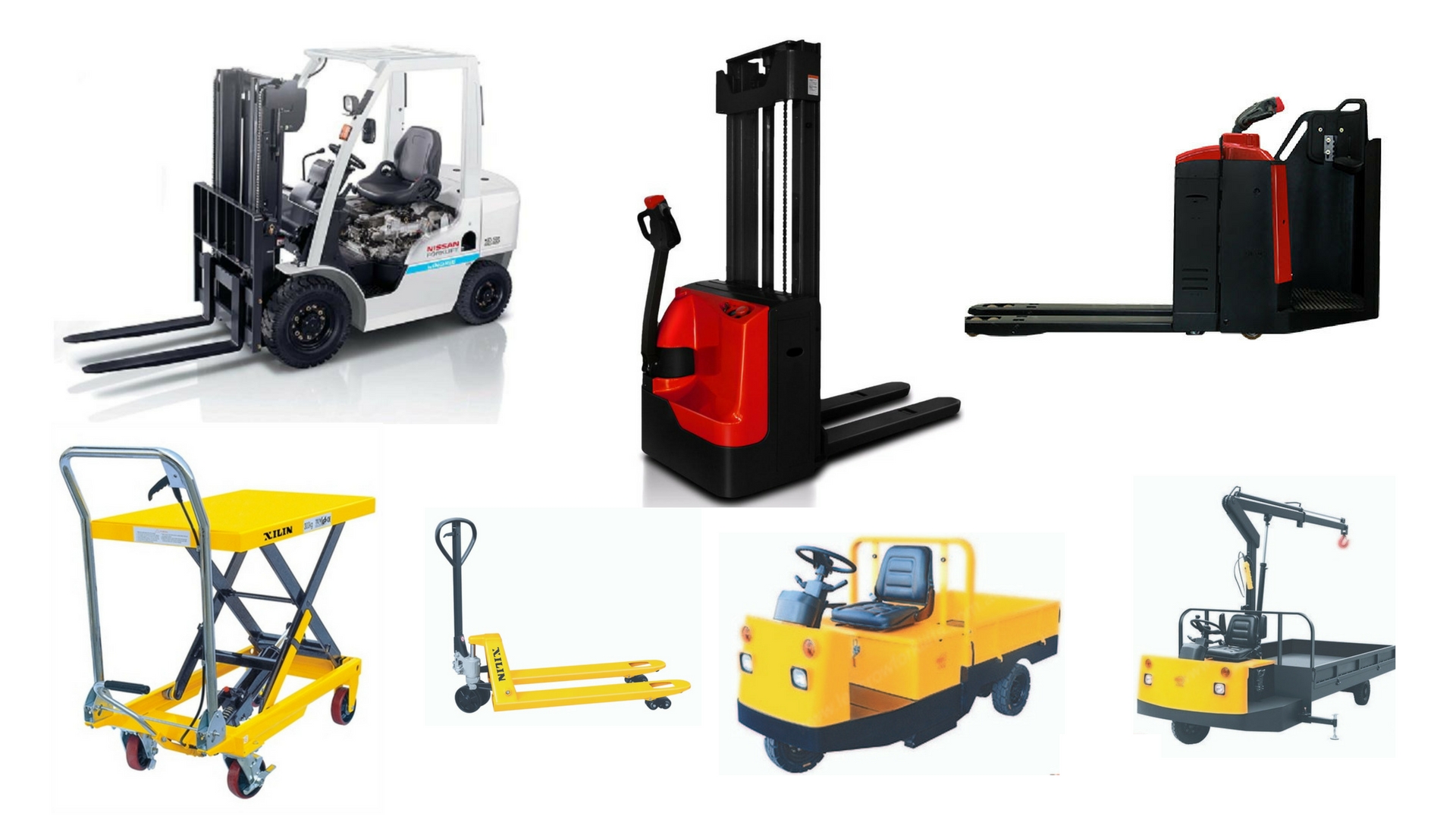In today’s fast-paced world, the cost of transportation can significantly impact our daily lives, whether we are commuting to work, traveling for leisure, or moving goods. As individuals and businesses alike seek to minimize expenses, understanding the cheapest modes of transportation becomes crucial. This article delves into various transportation options, analyzing their cost-effectiveness, environmental impact, and suitability for different needs.
Understanding Transportation Costs
Before we explore specific modes of transportation, it’s essential to understand the factors that contribute to transportation costs. These include:
- Distance: Longer distances typically incur higher costs.
- Type of Vehicle: Different vehicles have varying operational costs, including fuel efficiency and maintenance.
- Time Sensitivity: Urgent deliveries may require faster, more expensive options.
- Cargo Type: The nature of the goods being transported can influence the choice of transportation mode.
The Cheapest Modes of Transportation
- Walking and Bicycling
For short distances, walking and biking are undoubtedly the most economical modes of transportation. They incur no fuel costs and have minimal maintenance expenses. Additionally, they promote health and well-being while reducing carbon footprints. Cities worldwide are increasingly investing in bike lanes and pedestrian-friendly infrastructure, making these options more accessible and appealing.
- Public Transit
Public transportation systems, such as buses, subways, and trams, offer a cost-effective alternative for urban commuting. The average cost of a public transit ticket is significantly lower than that of operating a personal vehicle. Moreover, many cities offer monthly passes that provide unlimited travel for a fixed fee, further reducing costs for regular commuters. Public transit also alleviates traffic congestion and lowers environmental impact, making it a sustainable choice.
- Carpooling and Ridesharing
Carpooling and ridesharing services like Uber and Lyft can be economical, especially for individuals who share rides with others. By splitting costs, passengers can significantly reduce their transportation expenses. Additionally, many companies encourage carpooling among employees, offering incentives such as preferred parking spots or subsidies for fuel costs.
- Buses and Coaches for Long-Distance Travel
When it comes to long-distance travel, buses and coaches often emerge as the cheapest options. Companies like Greyhound and Megabus provide affordable fares compared to trains and flights. While travel times may be longer, the savings can be substantial, especially for budget-conscious travelers. Furthermore, many bus services offer amenities such as Wi-Fi and comfortable seating, enhancing the travel experience.
- Freight Trains for Goods Transportation
For businesses looking to transport goods over long distances, freight trains can be a cost-effective solution. Trains can carry large volumes of cargo at a lower cost per ton compared to trucks. While the initial investment in rail infrastructure can be high, the long-term savings in fuel and labor costs make it an attractive option for bulk transportation.
Factors to Consider Beyond Cost
While cost is a significant factor in choosing a mode of transportation, other considerations should not be overlooked:
- Time Efficiency: Sometimes, the cheapest option may not be the fastest. Evaluate how much time you can afford to spend on transportation.
- Convenience: Consider the accessibility of transportation options. Public transit may not be available in all areas, and ridesharing may not be feasible in rural locations.
- Environmental Impact: Opting for greener transportation methods can contribute to sustainability efforts. Walking, biking, and public transit are generally more eco-friendly than driving alone.
Conclusion
Determining the cheapest mode of transportation involves a multifaceted analysis of costs, convenience, and environmental impact. While walking and biking are the most economical for short distances, public transit, carpooling, and long-distance buses offer affordable solutions for urban and intercity travel. For businesses, freight trains present a viable option for bulk goods transportation. Ultimately, the best choice will depend on individual circumstances, including distance, urgency, and personal preferences.

